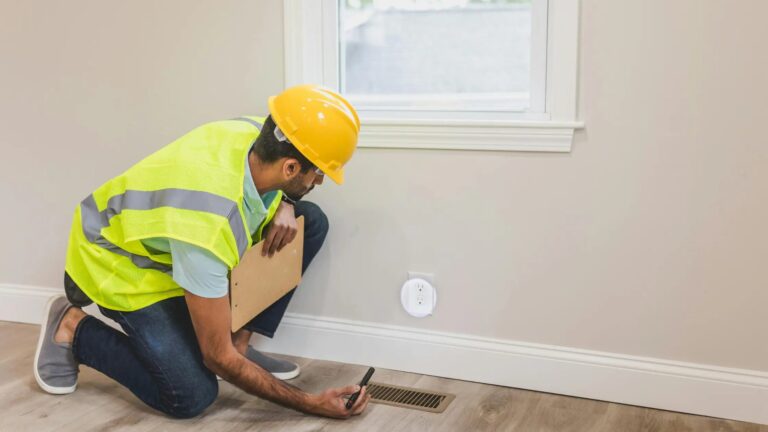Buy-to-let is a popular and worthwhile choice in investment, but it’s no ‘get-rich-quick’ scheme, and there are plenty of ongoing challenges involved.
Licensing is one of the many complexities that comes with being a landlord, so let’s take a look at the different types of licensing requirements, where they are applied, and what they mean for today’s landlords.
Need help managing your investment? Discover our landlord services
What is an HMO?
Before October 1st 2018, an HMO, or ‘House of Multiple Occupation’, was a property that housed five or more tenants, forming two or more households who share a kitchen, bathroom or toilet. The property must have also been more than two storeys high to be classed as a HMO.
But now the definition of a HMO has slightly changed, and a property with five or more tenants forming two or more households can be subject to licensing, regardless of the number of storeys in the property.
Related: A guide to HMO property
Mandatory licensing for HMOs
There is a legal requirement that properties classed as HMOs must be licensed by the local authority. In most cases, the landlord will be responsible for paying the fee and the landlord must arrange for health and safety inspections to be carried out before the license is granted.
Landlord responsibilities
As the landlord of the property, you should provide the local authorities with copies of gas safety certificates annually, conduct electrical safety tests, and have smoke alarms installed on each floor. You may also need to install carbon monoxide alarms in any rooms that have a coal fire or a wood burning stove.
Related: Becoming a landlord: Hidden costs and fees
Selective licensing
What are selective license schemes?
Introduced in 2006, selective licensing aims to provide local authorities with the power to address the impacts of low-quality landlords and anti-social tenants. The aim is to raise the standards in the rental sector, resulting in high-quality homes for tenants and better letting practices carried out across the board.
However, these schemes do not operate nationwide and are only applicable in selected regions. The policy was not created to unnecessarily burden landlords across the country, and therefore it only carefully targets locations which have been identified as ‘problem areas’.
Related: The Renters (Reform) Bill and how it could affect you as a landlord
What should I do if I’m letting in an area with selective licensing?
Much like the Mandatory HMO Licenses, you will need to apply for selective licensing before you can rent out your property to tenants. This will grant your local authority permission to check if the property meets health and safety standards and that you are maintaining and managing the property sufficiently.
Where are selective licensing Schemes applied?
The application of selective licensing schemes is not randomised and therefore they are only introduced in response to certain conditions, including the following:
- The area has persistent and high levels of anti-social behaviour
- The area has an ongoing issue with poor housing conditions
- The area has low demand for housing
- There are high levels of migration
- There are high levels of crime and/or deprivation in the area
Complying with local licensing requirements
In today’s world of tighter legislation and shifting regulations for landlords, private renting has become more challenging than ever. A professional and qualified agent can provide support using their expertise on all the latest developments in licensing and legislation regarding renting a home.
Enlisting the help of a letting agent ensures that the home remains legally compliant at all times, as they will be aware of all the different schemes across the UK, the schemes that are relevant to your local area, and any changes that are introduced.







